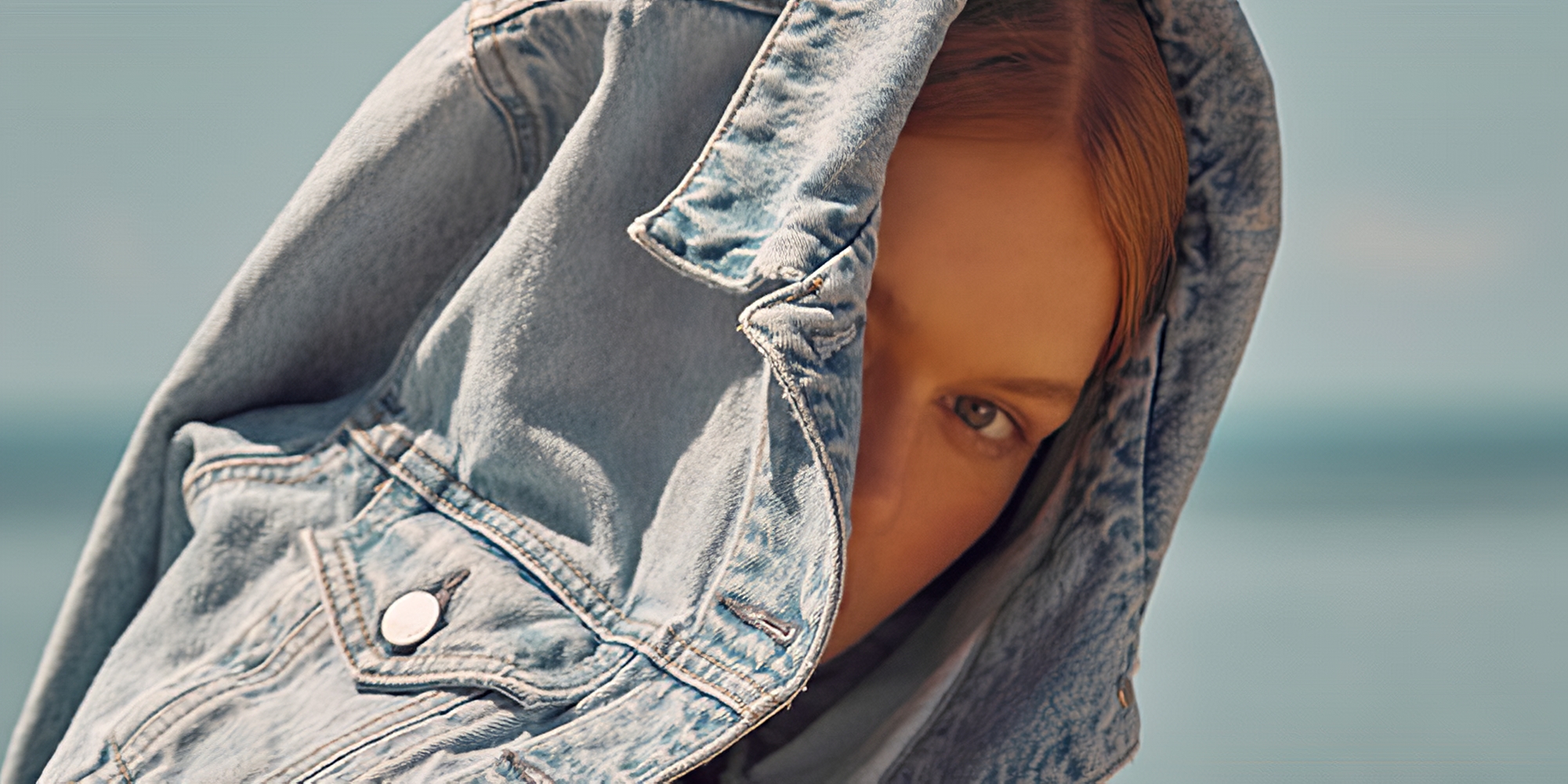Our editors curate highly rated brands that are first assessed by our rigorous ratings system. Buying through our links may earn us a commission—supporting the work we do. Learn more.
For decades, sportswear brand FILA has been a popular choice for athletes and fashion enthusiasts. But how ethical is FILA? Read on to learn more about the brand’s “Not Good Enough” rating. Note that this rating was published in March 2023 and may not reflect claims the brand has made since then. Our ratings analysts are constantly rerating the thousands of brands you can check on our directory.
A look at FILA’s sustainability report card
FILA has been a household name for decades. Founded in Italy in 1911 then acquired by FILA Korea in 2007, this sportswear company initially specialised in underwear and knitwear before expanding to sportswear and footwear. FILA is particularly famous for its tennis shoes and attire, worn by some of the sport’s most iconic players, including Björn Borg.
Throughout its history, FILA has continued to innovate and push the boundaries of sportswear design. While some could argue that the brand peaked in the ‘90s, it’s been making a comeback in recent years, with the FILA Disruptor II becoming “the internet’s most divisive shoe”, according to Dazed.
But what about FILA’s impact on people, the planet, and animals? It’s time we answer the usual question: how ethical is FILA?
Environmental impact
Our planet rating evaluates brands based on the environmental policies in their supply chains, from carbon emissions and wastewater to business models and product circularity. Here, we rate FILA “Not Good Enough”.
FILA says it strives to “minimise [its] environmental impact throughout the product life cycle, from product development to production and disposal”, but the data tells another story.
There is no evidence that FILA is taking meaningful action to reduce its climate impacts. In addition, the brand uses few lower-impact materials. There is also no evidence that it minimises textile waste in its supply chain or that it takes meaningful action to reduce or eliminate hazardous chemicals in manufacturing.
Labour conditions
FILA received a “Very Poor” rating in the people category, in which we evaluate brands’ policies and practices related to workers’ rights.
None of FILA’s supply chain is certified by crucial labour standards that help ensure worker health and safety, living wages, and other rights. FILA received a score of 11-20% in the 2022 Fashion Transparency Index. What’s more, we found no evidence that the brand supports diversity and inclusion in its supply chain or ensures workers are paid living wages in its supply chain.
Finally, FILA has been linked with sourcing cotton from the Xinjiang region in China at risk of using Uyghur forced labour and has taken insufficient steps to remediate.
Animal welfare
We rate FILA “Not Good Enough” for animals, a category which focuses on animal welfare policies and how well brands trace their animal-derived products.
While the brand doesn’t seem to use fur, angora, or exotic animal skin, it still uses down (some of it is certified by the Responsible Down Standard), leather, wool, exotic animal hair, and silk. We found no evidence that FILA has an animal welfare policy, though it traces some animal-derived materials to the first production stage.
Overall rating: Not Good Enough
Overall we rate FILA “Not Good Enough”. Its lack of transparency throughout its supply chain, coupled with insufficient measures to reduce its impact on people, the planet, and animals, mean we can’t give the brand a higher rating. The brand rates “Not Good Enough” and below on all fronts, and it has a lot to do if it wants to live up to its goal to “to realise sustainable values for people, environment, and society throughout the business process.”
Note that Good On You ratings consider hundreds of issues, and it is not possible to list every relevant issue in a summary of the brand’s performance. For more information, see our How We Rate page and our FAQs.
FILA may have a retro aesthetic that appeals to you, but as a consumer, you can make a difference by taking care of what you own, reducing what you buy, shopping second hand, and choosing to support brands that are doing better than FILA. If you’re interested in more sustainable alternatives to FILA, we recommend checking out second hand options first. And if you want to buy new, check out the brands below.
Good swaps
“Good” and “Great” alternatives to FILA





























